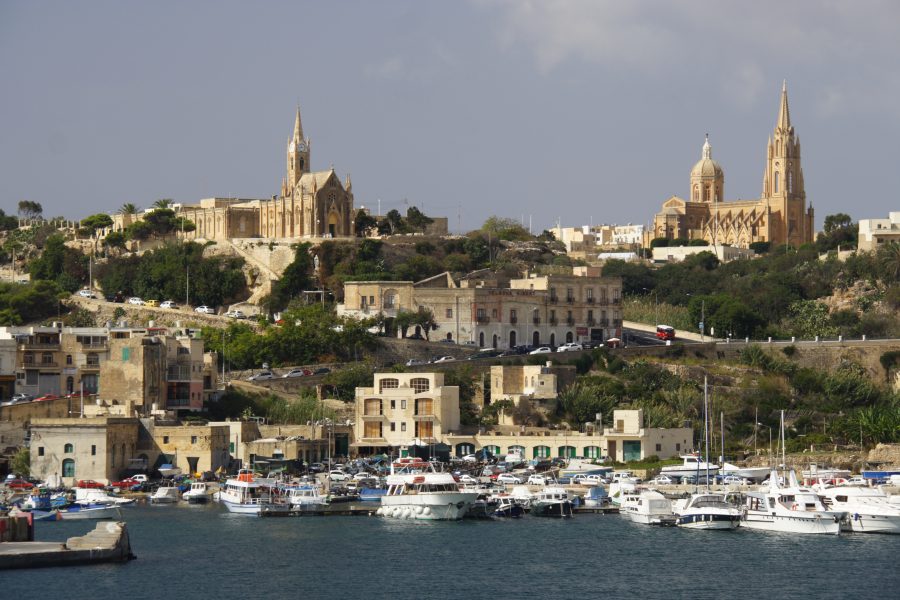If you’ve ever wondered what happened to Britain’s fleet of 1960s buses, visit Malta where myriad Bedfords and Leylands ply their trade on the island’s bumpy roads.
The garishly-painted relic creeping up the hill in front of me was on its last legs. But instead of becoming impatient, everyone in the lengthening queue seemed respectful of the old-timer, aware that its days are probably numbered as a new bus contractor moves in.
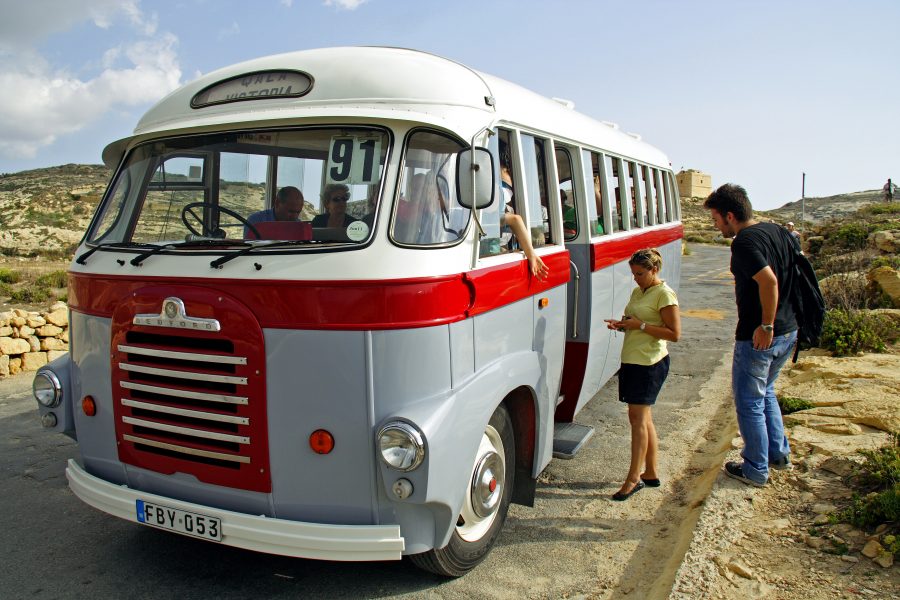
(c) Richard Webber
And it’s not just vintage buses you’ll see chugging around Malta, which sits in the middle of the Med, 60 miles south of Sicily. Car enthusiasts will delight in spotting Morris Marinas, Ford Cortinas and Hillman Imps living their final days in the sun.
I left the battered Bedford to negotiate the crest of the hill, turning off for the invitingly named Golden Bay. Most of the beaches are in the north of the island but with a hire car, covering Malta’s 95-square miles is a doddle – especially as driving is on the left.
Golden Bay lives up to its name, explaining the throngs of sunseekers populating the beach, so I opted for less crowded Ghajn Tiffieha Bay, next door. Although Malta isn’t blessed with endless sandy beaches, there are enough rocky coves and arcs of sand to go round.
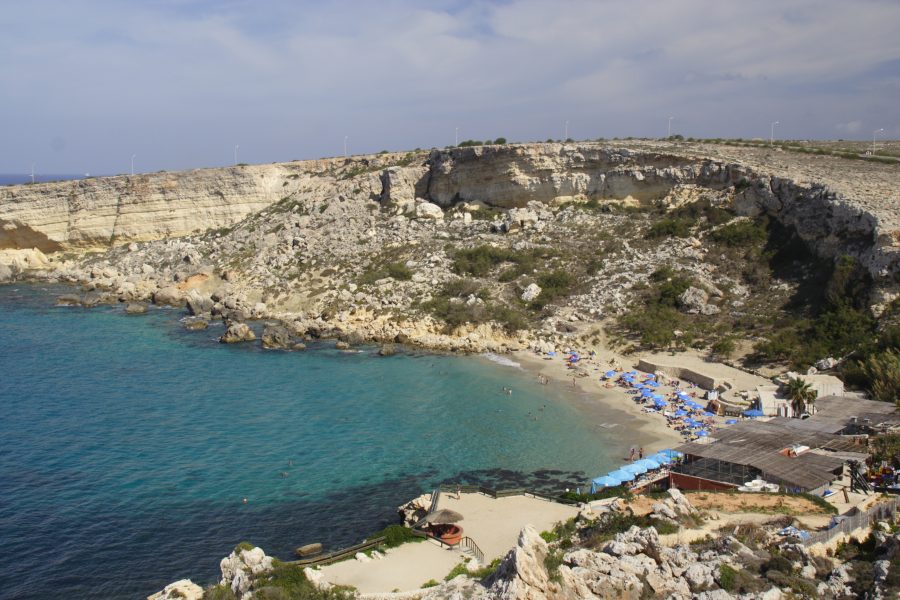
(c) Richard Webber
My camera worked overtime as I checked out beaches along the coast, favourites being Grejna Bay and Fomm ir-Rih Bay. Later, I headed to Dingli Cliffs, the highest point in Malta at around 800 feet above sea level. I admired the dizzying view of the glistening Med below, and tiny Filfla, reduced to a mere speck of rock thanks to the British using it for target practice during World War Two.
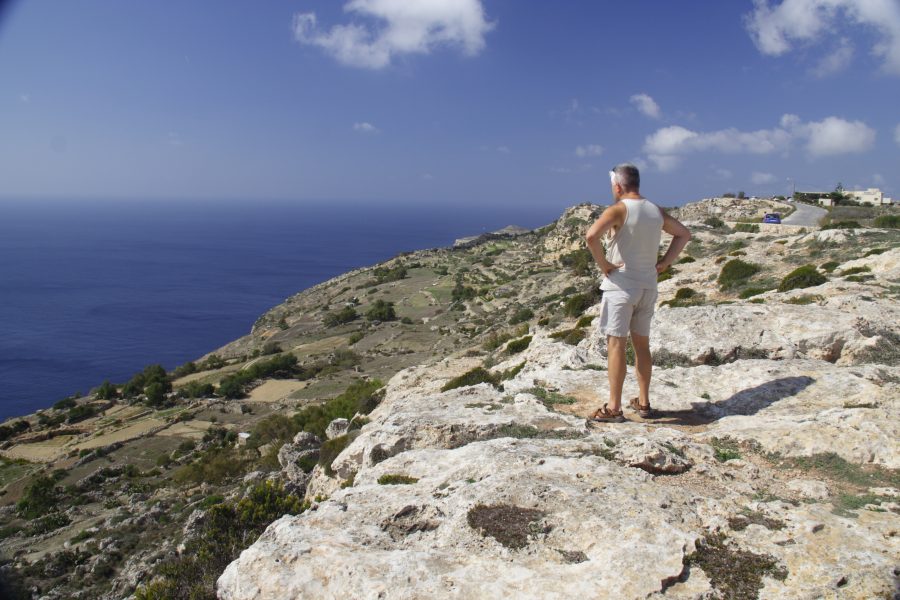
(c) Richard Webber
Malta is rich in history, and not just on the roads. No stranger to invaders, the island’s fascinating temples dotted around the island, including Tarxien and Hagar, date from 3500 BC, making them among the oldest known to archaeologists.
Over the centuries, various armies have conquered Malta but its strongest ties are with the Brits, hence the warm welcome from locals and countless holidaymakers from Blighty who return year after year.
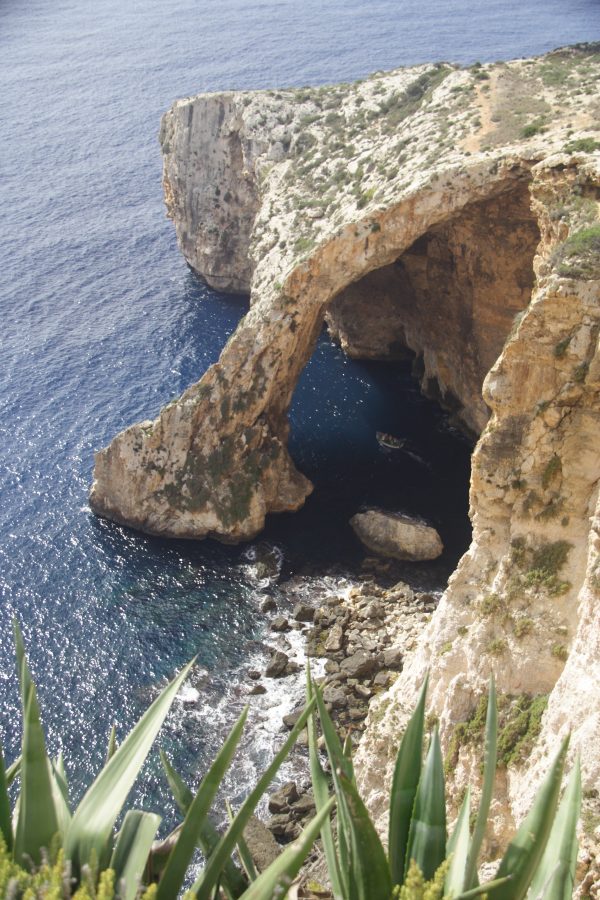
(c) Richard Webber
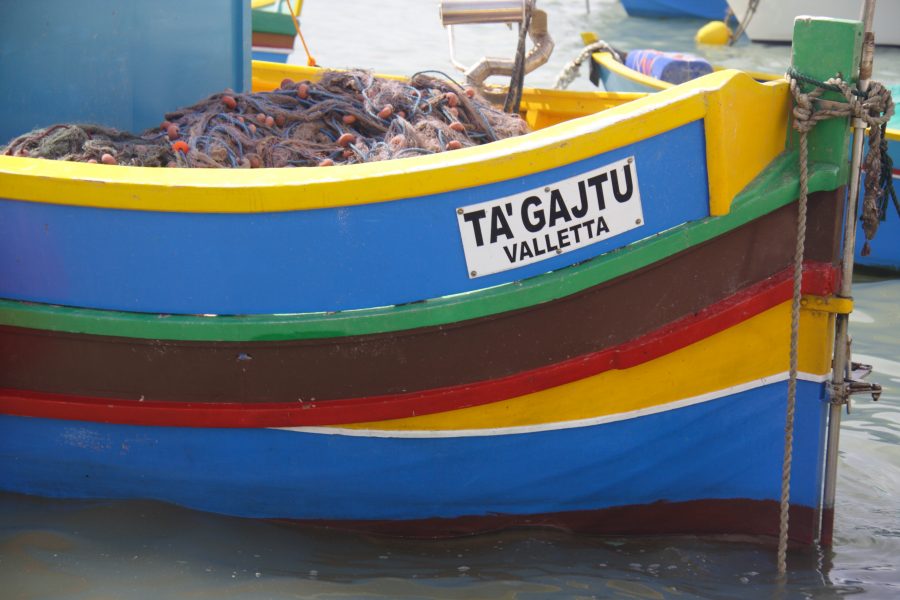
(c) Richard Webber

(c) Richard Webber
For a dose of culture and history, you won’t beat Mdina, the former capital, and Valletta, the current capital, which was built by the Knights of St John and protected by huge defensive bastions. I spent a morning exploring Valletta’s windy streets, tranquil gardens and stunning 16th century St John’s Co-Cathedral. Its interior is a showcase of Baroque art – all gilt touches, colourful motifs and fine sculpting.
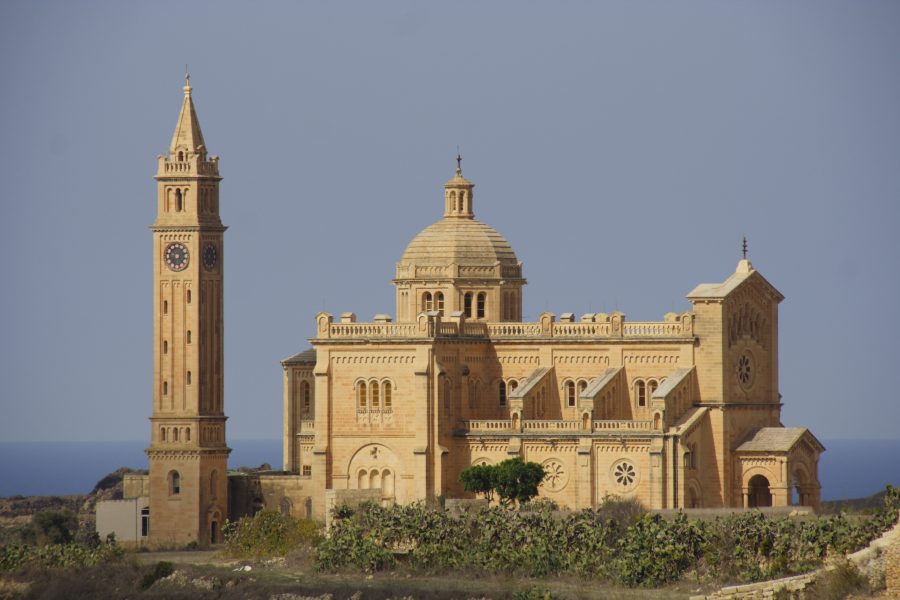
(c) Richard Webber
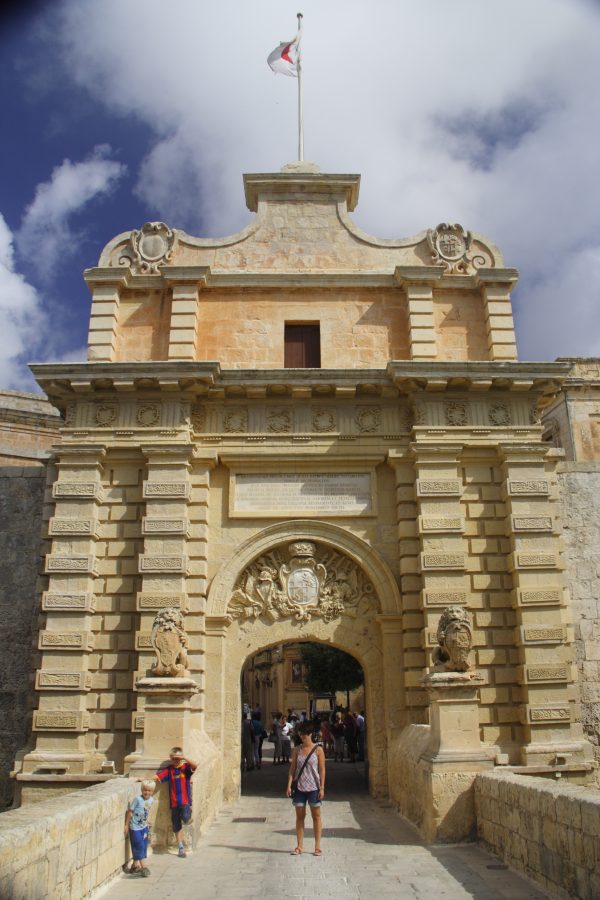
(c) Richard Webber
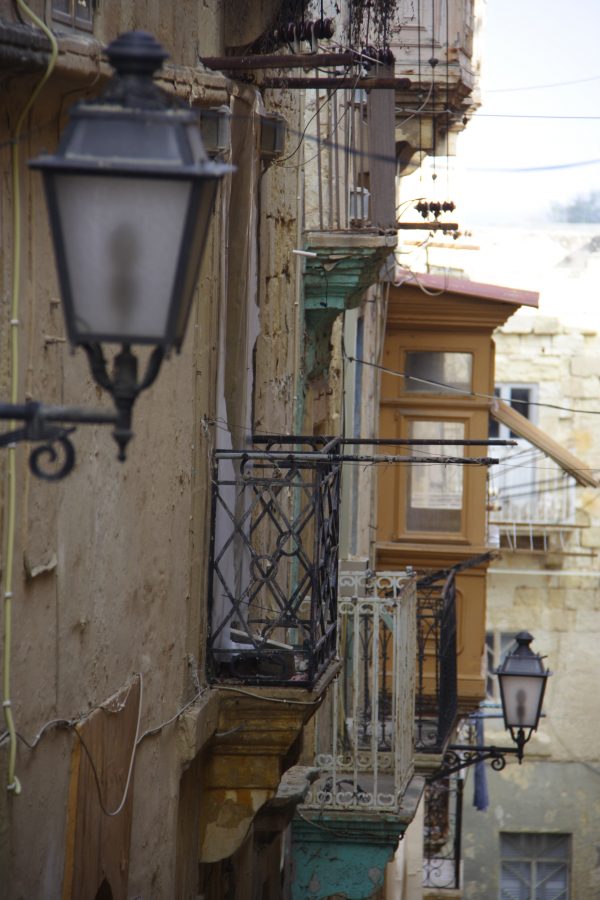
(c) Richard Webber
Before leaving the island, make sure you see Valletta from a different perspective by hopping on a boat at nearby Sliema and enjoying a trip around the Grand Harbour.
Perched high in the middle of the island, Mdina – nicknamed the Silent City – commands views across much of Malta. With its honey-coloured buildings, a feature throughout the island, churches, museums and narrow streets, it’s easy to idle away an hour or two.
Back at my hotel, the Westin Dragonara in St Julian’s, a lively resort offering nightlife, restaurants, shops and a busy promenade, I planned next day’s adventure: a trip to neighbouring island, Gozo.
One of the hotel’s attractions, apart from its spacious rooms and glorious position on the water’s edge, is its location. Within minutes, you’re on the main coast road taking you away from busy Valletta and its environs.
Heading north-west, I reached the ferry port of Cirkewwa within half an hour. A 20-minute ride away, Gozo – at nine miles by four and a half – is greener than its big sister. It may be a cliché, but time really does stand still here.
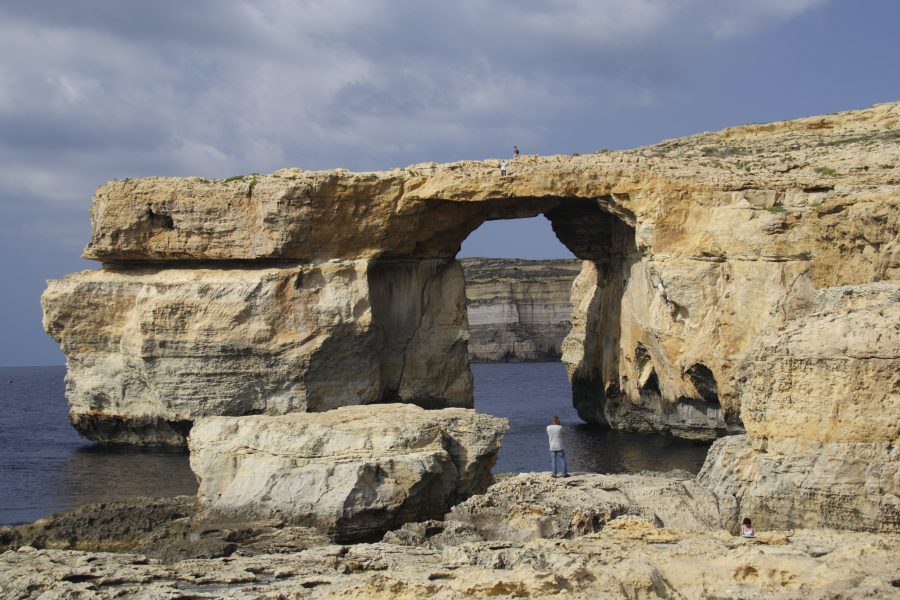
(c) Richard Webber
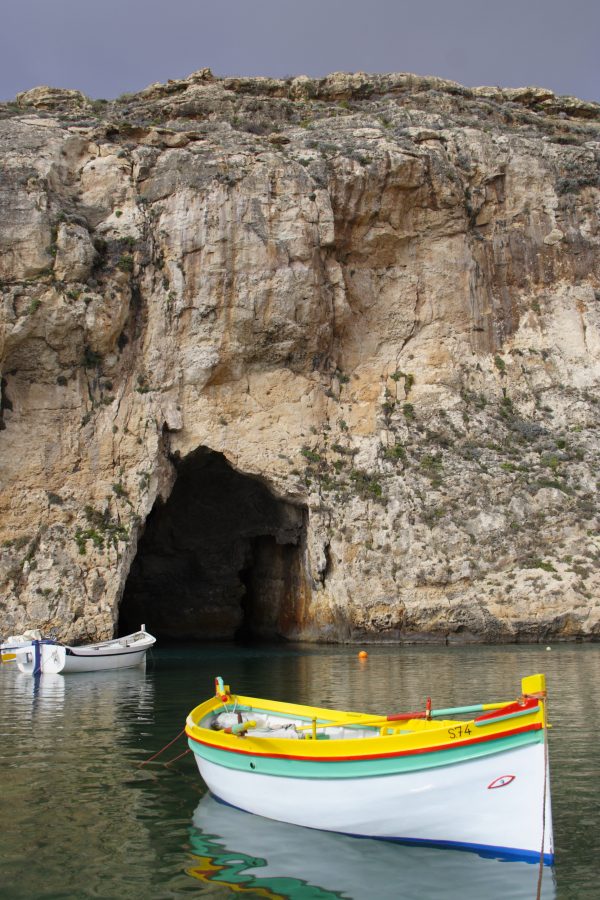
(c) Richard Webber
Sleepy villages dot the landscape, including Xlendi, tucked away in a narrow bay. A handful of restaurants line the waterfront, and after quenching my thirst with a cool juice and enjoying a quick paddle, I drove to the Azure Window, arguably the island’s most photographed site. An archway of rock reaching out into the sea, this natural phenomenon draws the crowds and it’s easy to see why.
But all too soon, my trip to Gozo was over. While soaking up the sun on the deck of the ferry, we passed a smaller island, sandwiched between Malta and Gozo. The following day, I drove the Coast Road again, this time to catch the shuttle service ferrying tourists to Comino, a square-mile of rock famed for the Blue Lagoon.
This car-free island – in fact, there aren’t any roads – with just one seasonal hotel may, at first glance, offer little but fine swimming opportunities. But, perhaps its greatest asset is the peace and quiet I discovered on my final day. It was a fitting end to an enjoyable week in the middle of the Med.
Must Do…
Wander through Valletta’s bustling streets and ensure a visit to St John’s Co-Cathedral and a boat trip around the Grand Harbour are top of your agenda.
Slap bang in the middle of Malta, the ancient capital of Mdina is a maze of winding alleyways and imposing bastions affording a magnificent view across the island.
Buy a delicious traditional Maltese cake – try a honey ring or cinnamon bun – and stroll along the sea front at Marsaxlokk, Malta’s largest fishing village, as the fishermen prepare their brightly-coloured boats for sea.
The highest point on Malta, Dingli Cliffs offer a wonderful panoramic view. Make sure you pack your camera.
Experience the Blue Grotto on a half-hour boat trip in the island’s south-east. Pick a sunny morning, when the sun shines into the caves, reflecting off the white sandy sea bed and producing beautiful turquoise hues.
Spend an afternoon relaxing on a sandy beach. Try Golden Bay and the neighbouring, less-crowded Ghajn Tiffieha Bay.
Jump on a ferry and visit sleepy Gozo, making sure you stop for lunch at Hotel Ta’ Cenc in Sannat. This 5-star hotel and spa boasts a peaceful terrace where you can admire views across to Malta (www.vjborg.com).
While on Gozo, visit the Azure Window, an arch of rock lapped by the deep blue waters.
Chug along in one of Malta’s ancient buses. They may lack air-conditioning and a decent suspension but they’re cheap and offer a chance to experience transport from a bygone era.
To get away from it all, escape to the tiny island of Comino, void of cars, roads and commercialism. Arrive early if you want to enjoy its most notable feature, the Blue Lagoon, before others turn up.
Further information:
Mercury Direct, 0843 357 5139, www.mercurydirect
Note: Since this visit took place, the old buses have, sadly, been replaced by a newer fleet. Although probably more reliable, they’re certainly not as colourful or atmospheric.

